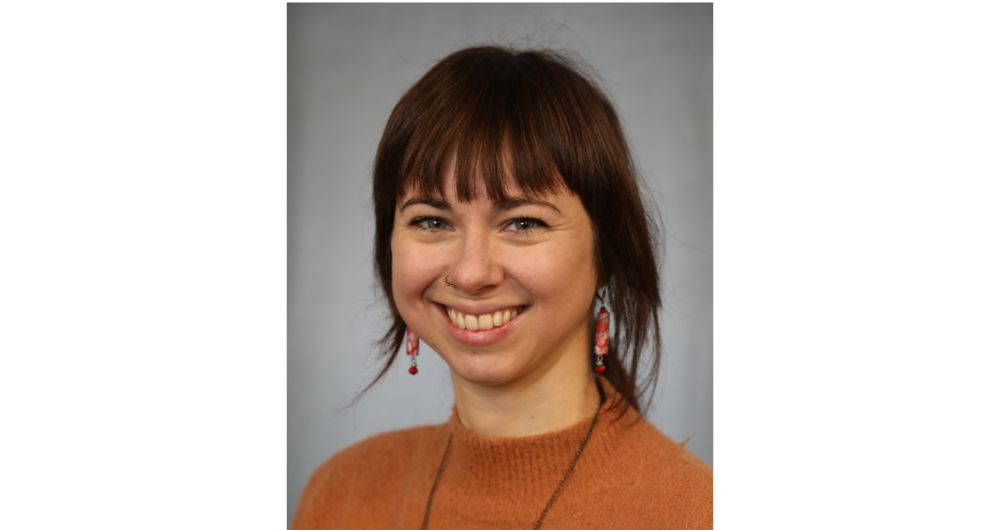
The InsiDE PRI is a project that used Insight’s own data to learn about the centre’s gender diversity and its impact on research topics and collaborations. Dr Cécile Robin writes:
There are huge systemic challenges in academia and research when it comes to diversity. This isn’t surprising. When a system has evolved to suit the people within it, it is little wonder that those who aren’t traditionally part of that system find it challenging.
Often the most difficult challenge is understanding the nature of the system in the first place. That is what the InsiDE PRI (Platform Research Initiative on Insight Data Enrichment) was all about. After all, Insight is a data science research organisation. Didn’t it make sense for us to use our own tools and technologies to understand our own internal diversity challenges?
The benefits of this approach were many. We knew we wanted to focus on diversity, especially understanding gender within our own research. We decided to try and understand potential gender disparities in Insight research topics and collaborations. The idea was to perhaps use our results to better understand the current situation and provide input for Insight policies on that basis.
So how did we approach the task? First we decided to use Natural Language Processing to see what Insight members were researching. We extracted research topics from publications, and we also looked at who was collaborating with whom.
When we had that information, we looked at the gender aspect over these tasks. By doing this we were able to see whether there were topics that different genders were more inclined to write about. We were also able to see the collaboration patterns of the different genders.
We found that the ratio of researchers who have published at least one paper vs those who do not have a publication in the centre is similar for male and female, relative to their respective cohort size (no disparity here).
Given that there are fewer female researchers in the centre, there are fewer publications by female researcher globally for the centre.
Fewer women Insight members means top female research topics are dominated by one or two researchers
Insight members with highest number of publications – which is of course indicative of seniority – are male.
Little that is surprising perhaps, but an accurate picture of gender diversity and its knock on effects within Insight, gives us a chance to identify targeted solutions. A step in the right direction.